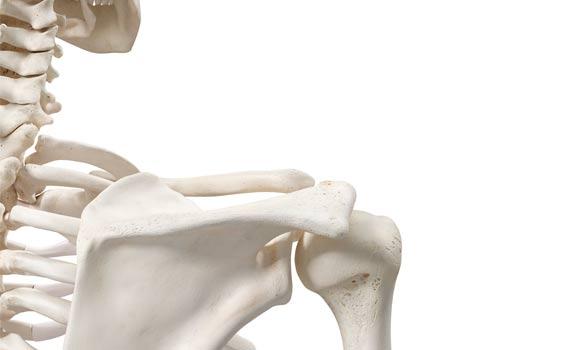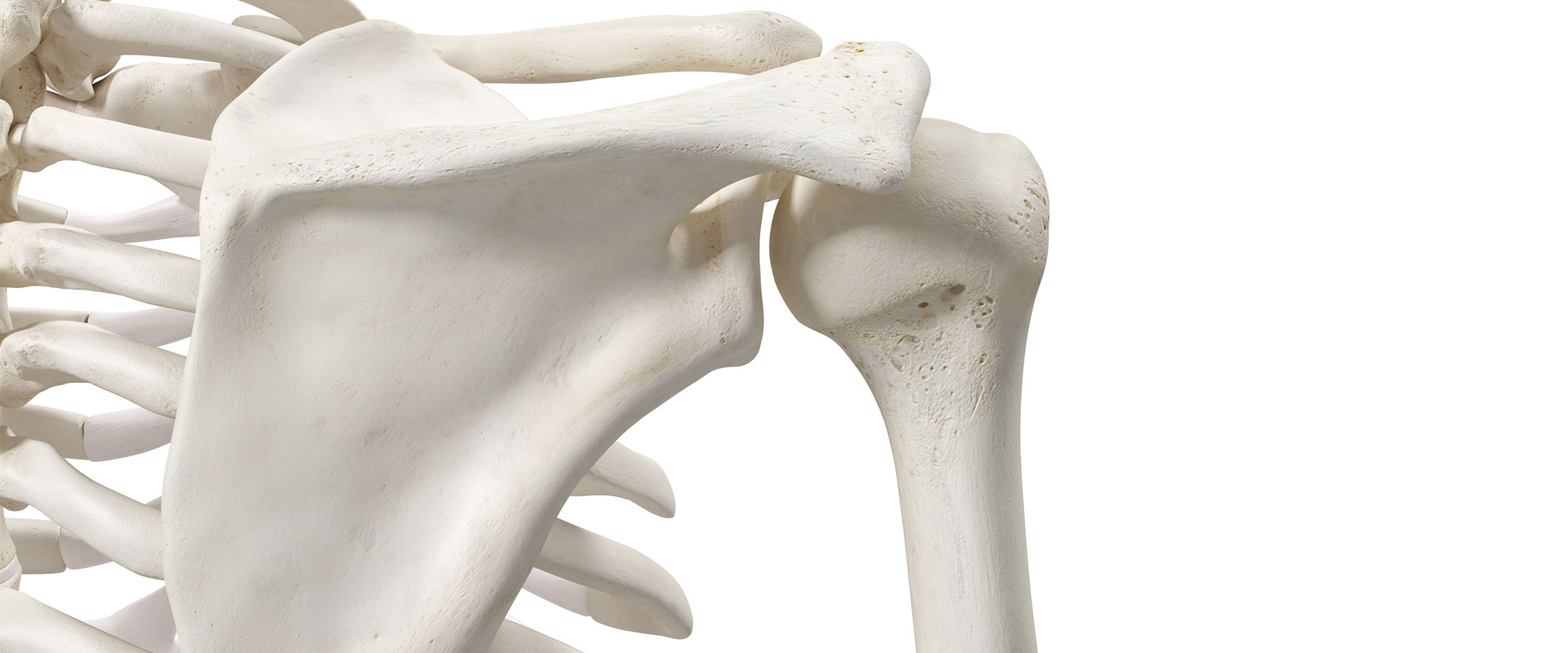Bone Marker
Bone is the rigid, hard connective tissue that comprises the majority of the skeleton in humans. Bone is a dynamic tissue that undergoes constant remodeling throughout the life span; it turns over at a rate of about 10% a year.
Bone Marker is also known as Bone Resorption Marker, Bone Formation Marker, etc. Bone turnover is balanced with the coupling of bone formation and resorption at various rates leading to continuous remodeling of bone.
Bone markers are used to help evaluate and monitor the rate of bone resorption and construction; the detection of bone turnover markers (BTMs) provides an insight into the dynamics of bone turnover in many metabolic bone disorders.

Bone Marker Products
Parathyroid Hormone (PTH)
| Antigen | Application |
| Recombinant human parathyroid hormone | For immunodiagnostic: ELISA, LFA, CLIA |
Bone Marker Intro
Bone marker detection tests whether there is a disease such as osteoporosis using specific markers. Bone markers can usually be detected in body fluids such as blood and urine and are hormone-like substances.
Clinically detected bone markers can be roughly divided into three categories, as follows:
1. General biochemical markers, including, for example, blood calcium, blood phosphorus, urinary calcium, and urinary phosphorus;
2. Respond to some related hormones that regulate bone metabolisms, such as the typical clinical vitamin D detection and some of its metabolites;
3. Main bone turnover markers are generally divided into two categories; one is called bone formation markers; the other is bone resorption markers. Bone formation markers mainly reflect the activity of osteoblasts and the state of bone formation. Bone resorption markers are often detected clinically to reflect the activity of osteoclasts, such as β-collagen degradation products. Common items of clinical testing include N-terminal osteocalcin and total type I collagen N-terminal extension peptide.
- Cardiac Markers
-
Tumor Marker
-
PGII
-
G17
- CA50
-
CA125
- CA242
-
CA15-3
- CA19-9
- CA72-4
-
Pepsinogens I (PGI)
-
Human Epididymis 4 (HE4)
- Prostate-Specific Antigen (PSA)
- Squamous Cell Carcinoma (SCC)
- Neuron-Specific Enolase (NSE)
- Cytokeratin 19 Fragment (CYFRA21-1)
- Human Progastrin-releasing Peptide (ProGRP Tumor Marker)
- Protein Induced by Vitamin K Absence or Antagonist-II (PIVKA II Tumor Marker)
- Alpha-fetoprotein(AFP)
-
CEA
-
Human Chitinase 3-like 1
-
PGII
- Inflammatory Marker
- Infectious Disease
- Hormones
- Thyroid Function
- Glucose Metabolism
- Bone Marker
- Others
-
Heterophilic Blocking Reagent
- Animal Diagnostics


















